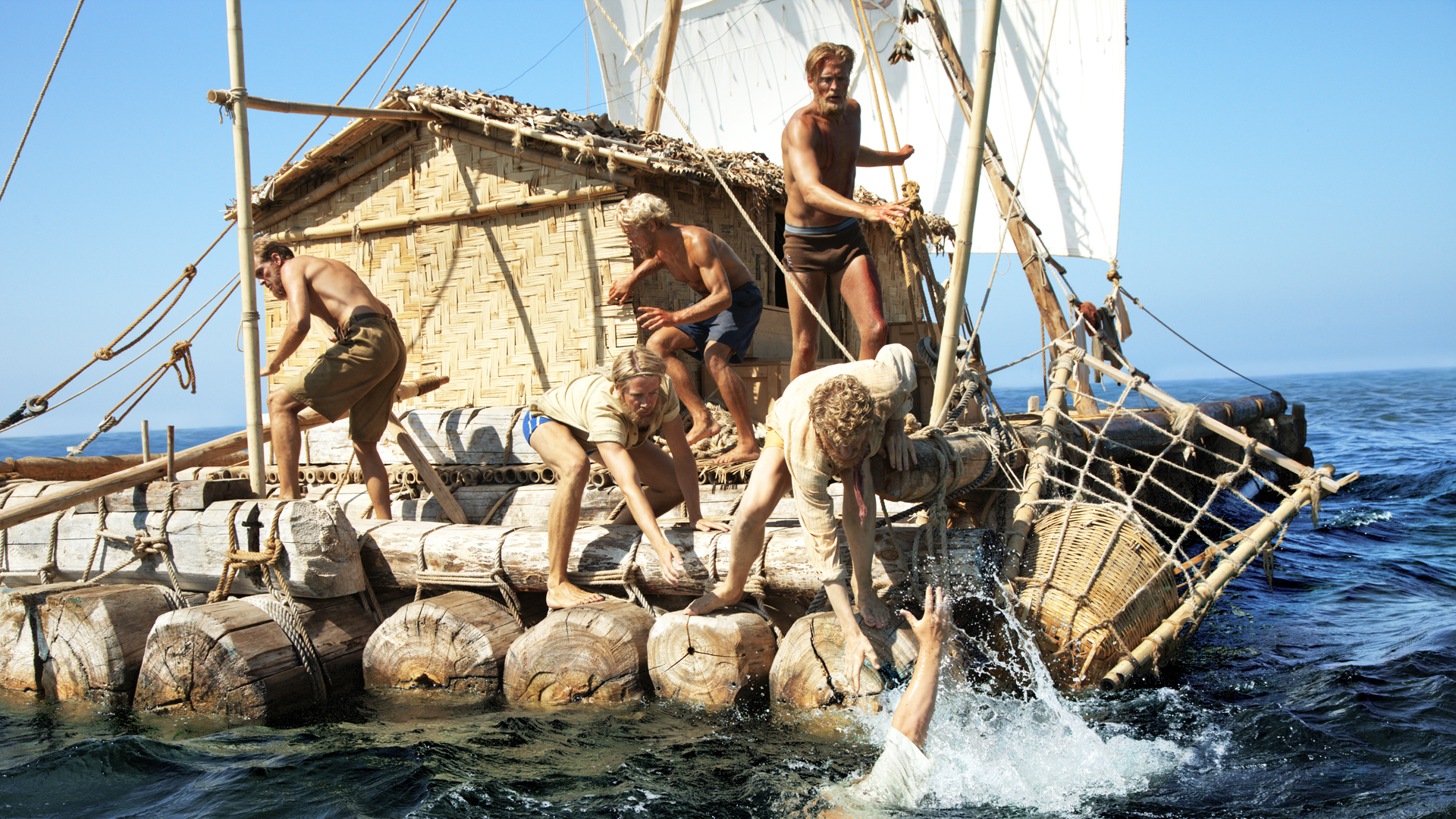Posted on 12/19/2014 11:22:29 PM PST by SunkenCiv
Known to its Polynesian inhabitants as Rapa Nui, Easter Island is thought to have been colonised around the 13th Century and is famed for its mysterious large stone statues or moai.
Otago Anatomy PhD student Monica Tromp and Idaho State University’s Dr John Dudgeon have just published new research clearing up their previous puzzling finding that suggested palm may have been a staple plant food for Rapa Nui’s population over several centuries.
However, no other line of archaeological or ethnohistoric evidence supports palm having a dietary role on Easter Island; in fact evidence points to the palm becoming extinct soon after colonization.
Nevertheless, the researchers had found that the vast majority of phytoliths (plant microfossils) embedded within the calculus were from palm trees.
The teeth were from burials excavated in the early 1980s from multiple coastal archaeological sites around the island.
To clear up the mystery, the pair undertook further analysis, newly published in the Journal of Archaeological Science. This included identifying starch grains in the dental calculus removed from 30 teeth.
After removing and decalcifying the plaque from each tooth, Ms Tromp and Dr Dudgeon identified starch grains that were consistent with modern sweet potato. None of the recovered grains showed any similarities to banana, taro or yam, other starchy plants that are hypothesised to be part of the diet.
The researchers went on to test modern sweet potato skins grown in sediment similar to that of Rapa Nui’s and found that as tubers grow, their skins seem to incorporate palm phytoliths from the soil.
(Excerpt) Read more at otago.ac.nz ...
Clues to Prehistoric Human Exploration Found in Sweet Potato Genome
Science | 21 Jan 2013 | Lizzie Wade
Posted on 1/21/2013 11:39:59 PM by Theoria
http://www.freerepublic.com/focus/chat/2980590/posts
I’m suddenly put in mind of a late Firesign Theater title, “In the next world, you’re on your own”, although really I guess I should fall back on, “EVERYTHING YOU KNOW IS WRONG!”
I’ll take some a them fried sweet pertaters, mmm hmmmm.
Ah’m gonna chop them taters up with this here sling blade.
Some folks call it a sling blade, I call it a Kaiser blade.
Mmmmm hmmmm.
Why, for heaven's sake, is that?
Regards,
Well, as to the extinct inhabitants, they are now in the “next world”, and at the mercy of these dental studies. Then the second title is a comment on these, and all such studies. “Betcha didn’t know the South won the Civil War!”
Malmborg in Plano
... just to amplify my thought, I guess I’m asserting the primacy of the subjective, something argued in one of the Socratic dialogues by a line of thought now disparaged as “sophistry”. But are we really captive to all these studies and pronouncements of objective fact? There is no lack of rebellion against them on this forum! So maybe I’m expressing my sympathy for this attitude under the rubric of philosophical skepticism.
... why thank you, yes I’ll have another.
I always heard it as “But, quid malburg in plano, consternation turned to elucidation.”
Hmmmmmm..... Palm
I had to luck it up before I posted- there seem to be three main variations on the theme.
Transmission of the sweet potato around the planet was primarily the work of the Spanish and Portuguese, who got it from the South Americans and spread it to Europe. That doesn't work for Polynesia, though; it's too early by 500 years. Scholars generally assume that either seeds of the potato were brought to Polynesia by birds such as the Golden Plover that regularly cross the Pacific; or by accidental raft drift by lost sailors from the South American coast. A recent computer simulation study indicates that raft drift is in fact a possibility.

Heyerdahl believed that people from South America could have settled Polynesia in pre-Columbian times. Although most anthropologists as of 2010 had come to the conclusion they did not,[1][2][3] in 2011, new genetic evidence was uncovered by Erik Thorsby that Easter Island inhabitants do have some South American DNA,[4] lending credence to at least some of Heyerdahl's theses. His aim in mounting the Kon-Tiki expedition was to show, by using only the materials and technologies available to those people at the time, that there were no technical reasons to prevent them from having done so. Although the expedition carried some modern equipment, such as a radio, watches, charts, sextant, and metal knives, Heyerdahl argued they were incidental to the purpose of proving that the raft itself could make the journey.
Read about the Kon Tiki when I was about 13 in the mid ‘60s - found it a fascinating story.
bert’s rule......
When you get old, between half and three quarters of what you know is obsolete
We're brought to you this evening by Sneezer's, finger linkin', nose pickin', napkin stickin' chicken, where there's a waitress on a skateboard comin' at you with a bucket of cluck. So if your date's getting bored, just floor that Ford and truck, right down to Sneezer's, at the corner of 37th and O streets, right next to Rude's Restaurant Continental.
;’)
Raft drift a possibility, yeah, because no one in the Americas was smart enough to jump on a raft and not wind up drifting helplessly for thousands of miles, and in all the world, the only navigators were Polynesians. :’) Heyerdahl nailed it, and he was given grief for that thesis for the rest of his life. Thanks FN!
dang,Doc,,,
that sounds Smart.
what’s it mean?
Disclaimer: Opinions posted on Free Republic are those of the individual posters and do not necessarily represent the opinion of Free Republic or its management. All materials posted herein are protected by copyright law and the exemption for fair use of copyrighted works.